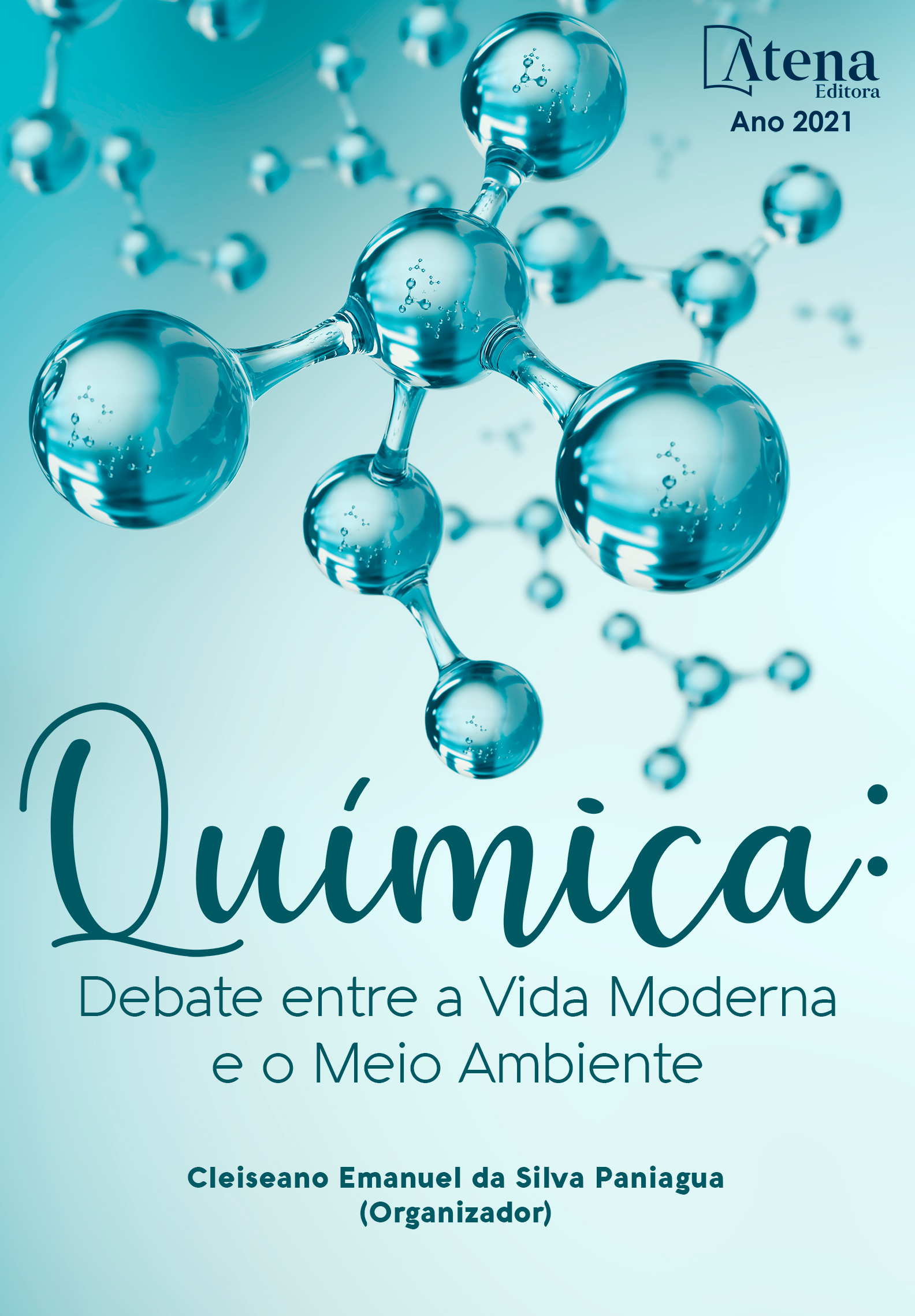
A STATISTICAL MULTIVARIATE APPROACH TO EVALUATE FLUORINE CONTENT IN BRAZILIAN TOOTHPASTES
Este trabalho investigou a semelhança entre as composições químicas descritas nas embalagens de dentifrícios brasileiros e foram determinadas as concentrações de flúor total disponível, flúor livre e pH. HCA e PCA foram usados para avaliar as semelhanças nas composições químicas e distinções das amostras. Todas as 41 amostras foram divididas em 5 grupos em HCA. Em amostras com Na2PO3F e CaCO3 utilizadas como fonte de flúor e abrasivo, respectivamente, a média da concentração total disponível de flúor em relação ao valor de flúor descrito nas embalagens foi de 40,2%, que foi inferior aos 74,7% encontrados em pastas de dente com NaF e sílica. Os valores de pH variaram de 5,82 a 9,53. O PCA mostrou que as formulações baseadas em NaF e sílica apresentaram maiores concentrações de flúor livre. Ainda pode ser inferido que as amostras com maiores concentrações de flúor livre têm os menores valores de pH.
A STATISTICAL MULTIVARIATE APPROACH TO EVALUATE FLUORINE CONTENT IN BRAZILIAN TOOTHPASTES
-
DOI: 10.22533/at.ed.78321120417
-
Palavras-chave: Dentifrícios, Flúor disponível, Análise Multivariada
-
Keywords: Toothpaste, Available fluorine, Multivariate analysis
-
Abstract:
This work investigated the similarity between chemical compositions described in the packaging of Brazilian toothpaste samples and the concentrations of total available fluorine, free fluorine, and pH were determined. Both HCA and PCA were used to evaluate the similarities in chemical compositions and sample distinctions. All 41 samples were assigned into 5 groups in HCA. In samples with Na2PO3F and CaCO3 used as fluorine source and abrasive, respectively, the average of total available fluorine concentration relative to the fluoride value described in the packages was 40.2%, which was lower than the 74.7% found in toothpastes with NaF and silica. pH values ranged from 5.82 to 9.53. The PCA showed that the formulations based on NaF and silica presented higher concentrations of free fluoride. It can still be inferred that samples with higher free fluorine concentrations have the lowest pH values.
-
Número de páginas: 16
- Viviane Maria Schneider
- Bryan Brummelhaus de Menezes
- Lucas Mironuk Frescura
- Sérgio Alexandre Gehrke
- Marcelo Barcellos da Rosa


